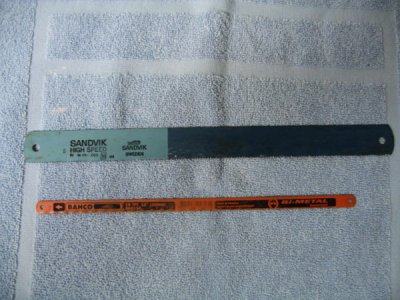- Joined
- Oct 18, 2016
- Messages
- 2,872
Just to be clear, I wasn't trying to suggest it can't be done. I was suggesting that you do your homework first to make sure it's done right.
As for buying a lathe, that of course can be done as well. Without knowing how much you can spend on something like that, it's hard to know
what the answer would be. If you want own a big lathe, by all means buy one. But if you want to just get some wheels machined, there are easier and cheaper
ways to get it done.
As for buying a lathe, that of course can be done as well. Without knowing how much you can spend on something like that, it's hard to know
what the answer would be. If you want own a big lathe, by all means buy one. But if you want to just get some wheels machined, there are easier and cheaper
ways to get it done.


